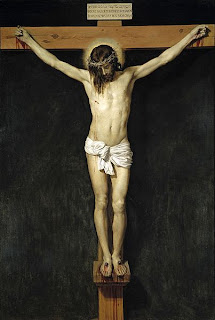1st Hindu culture:
The temple, in “Neo –Vedico style”, that follows the canons of the Indian sacred architecture manual with granite from India. It was carved in Malaga and its construction has been possible by the agreement of the Ministry of Culture of the Autonomous City for a total of 310,000 euros.
The interior is made of wood, a material that is used almost excusively in the state of Hierala in South India. The altar is called “graba grifa” in Sanskrit which means that it is the matrix or center of the temple. It is made of wood with marble on the floor in “rasthani” style from northern India.
Photo taken from: http://personal.telefonica.terra.es/web/indra-regalos/dioses/panteon%20hindu/brama.htm
2nd Jewish culture:
The Jewish community of Ceuta has also recently completed the renovation of the synagogue. It is located in the heart of the city.
3rd Muslim culture:
Ceuta's Muslims have about twenty mosques scattered throughout the city. Their most traditional festivity is Ramadan, when they break the fast with dates and milk for a month. The special dish for these days is the “chubarkia” and “harera” which they eat after going to the mosque. Another traditional festivity is the Day of the Lamb when all members of the family join together at lunch.
4th Christian culture:
Ceuta's main church is at the center of the city. Christians usually go to this church to pray on Sunday. Their most traditional festivity is celebrated in December for Christmas, and they also celebrate Easter in April, which is a sacred week.Photo taken from: http://es.wikipedia.org/wiki/Archivo:Cristo_crucificado.jpg
Mariam A.
Sumaya M.
Naryish C.




No hay comentarios:
Publicar un comentario